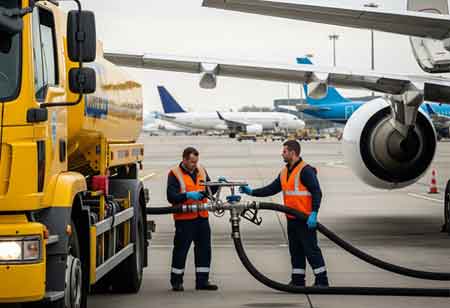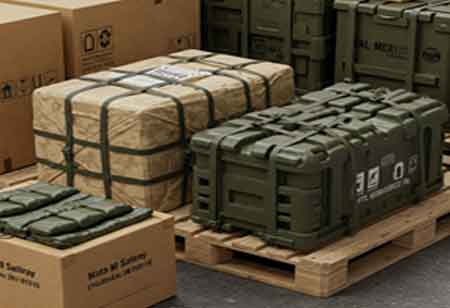Fremont, CA: Business aviation has meant convenience, flexibility, and efficiency for companies and executives moving vast distances in a short amount of time. However, this sector is undergoing rapid change. New technologies have led to developments in regulatory environments and consumer desires that encourage the need for more sustainable options; thus, business aviation services are rapidly reforming.
These trends illustrate a changing environment in business: efficiency, cost-benefit, and environmental responsibility. As the industry adapts to these demands, it is clear that exciting things lie in store for both companies and service providers in business aviation.
Increasing Emphasis on Sustainability and Carbon Reduction
The aviation industry is now highly eco-centric because of global sustainability concerns. The business sector has targeted sustainable aviation fuel (SAF) as an alternative to conventional jet fuel, since SAF is becoming more available and scalable. In addition to SAF, airlines and service providers are also developing fuel-efficient aircraft and testing electric and hybrid propulsion systems for flights between short and medium-haul distances. These innovations will reduce the six-and-twenty emissions and operating costs. Consequently, sustainability is the main propellant for business aviation growth.
Digitalization and Improved Connectivity
Digitalization in business aviation services is transforming the industry with seamless digital experiences and better connectivity alternatives. Innovations such as more advanced flight-tracking applications, new digital booking platforms, and the changing value of real-time data-sharing revolutionize operations, providing passengers instant access to in-flight entertainment and personalized itineraries.
A primary consideration in improving customer service in the air is high-speed internet on board to ensure executives remain connected and can hold virtual meetings while successfully managing their duties in the sky. This improves customer experience and streamlines operations, enabling even businesses to manage flight scheduling, costs, and resources more easily.
Expanding Private Jet Charter and Shared Services
The rising prices in business travel are forcing more and more companies to search for more cost-effective alternatives, generally known as an alternative to traditional private jet ownership. Private jet charter services give companies on-demand flights without upfront investment and maintenance costs, making them cheaper.
Shared services, such as fractional ownership and jet card programs, will permit several parties to share and operate a jet, but it will still be comfortable and private travel. Given the increasing demand for personalized, flexible travel solutions, these will likely form a key component of business aviation.
Increased Safety and Security
Business aviation services are increasingly targeted at the safety of their passengers and operations, in light of the evolving global threat situations and safety concerns. These include the introduction of innovations such as biometric screenings, cockpit technologies, and advanced systems that use AI predictive maintenance.
These innovations can prevent mechanical failure and ensure flight safety by identifying problems before they become problems. They are also necessary for high-security measures protecting sensitive data because they use more digital means integrated into the travel experience. The priority for service providers is to ensure the safety of the passenger and data.









